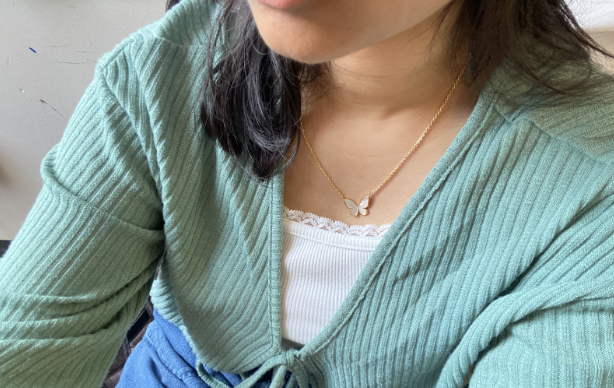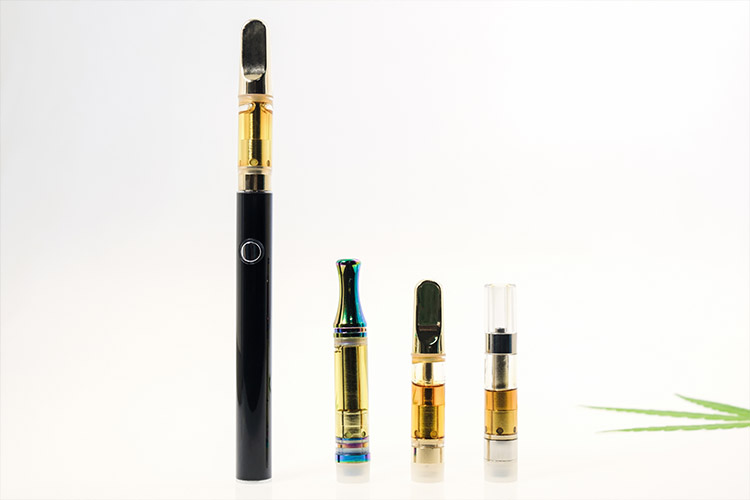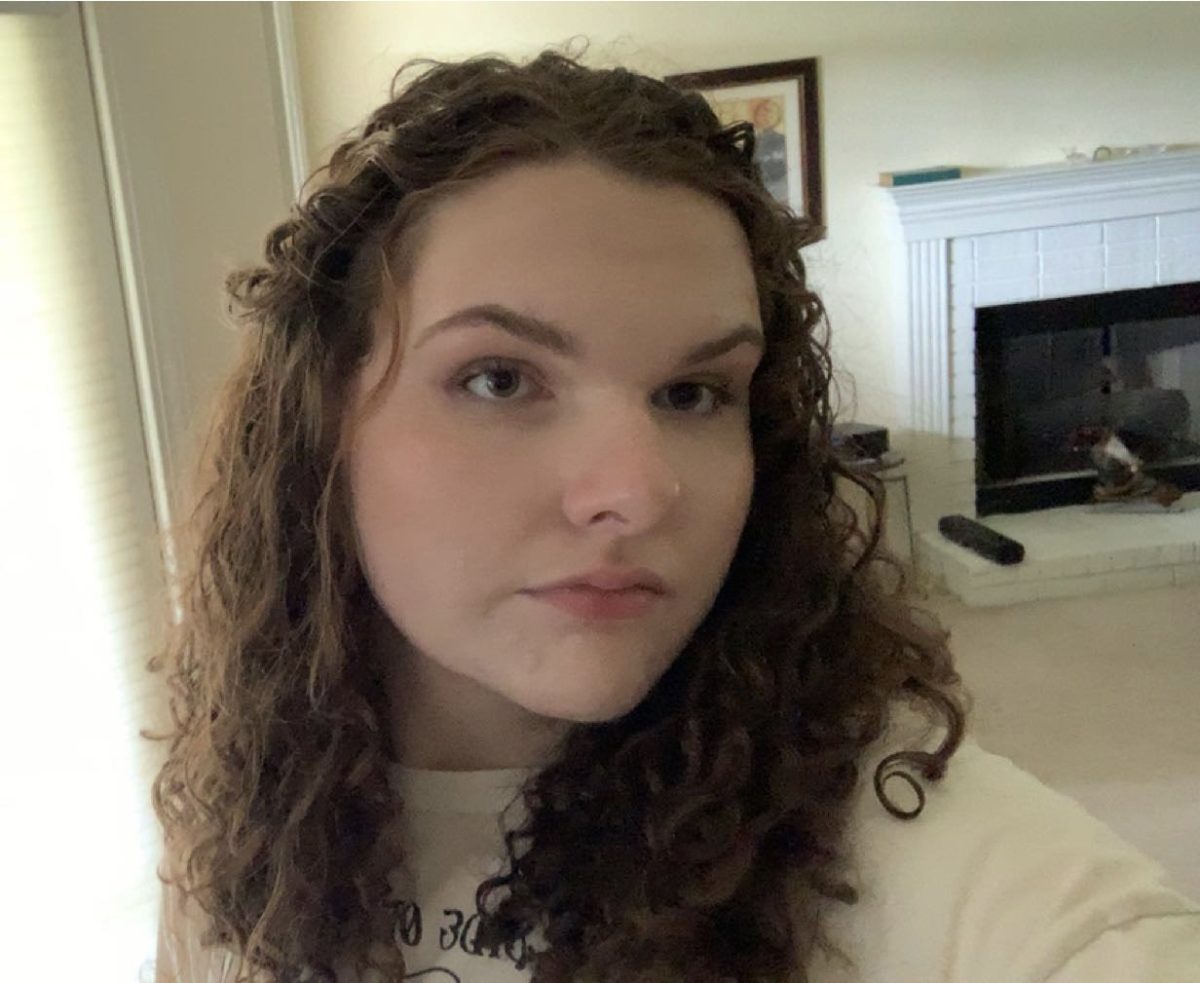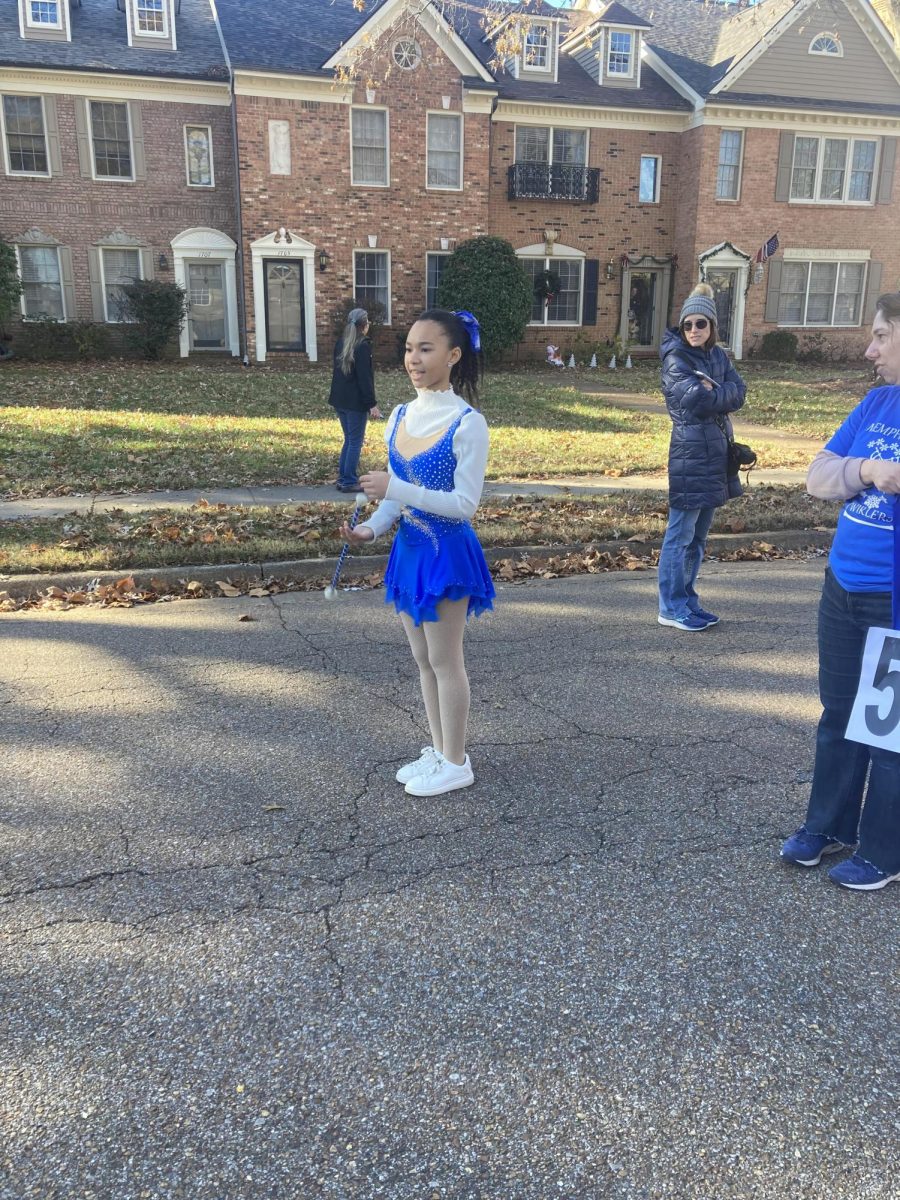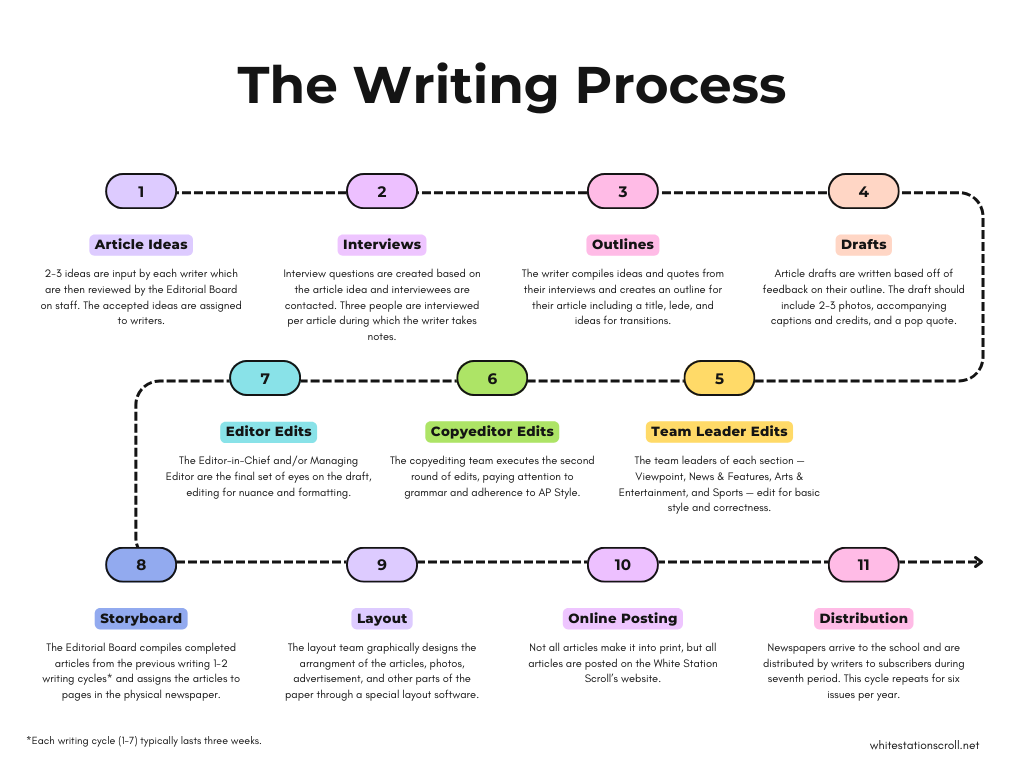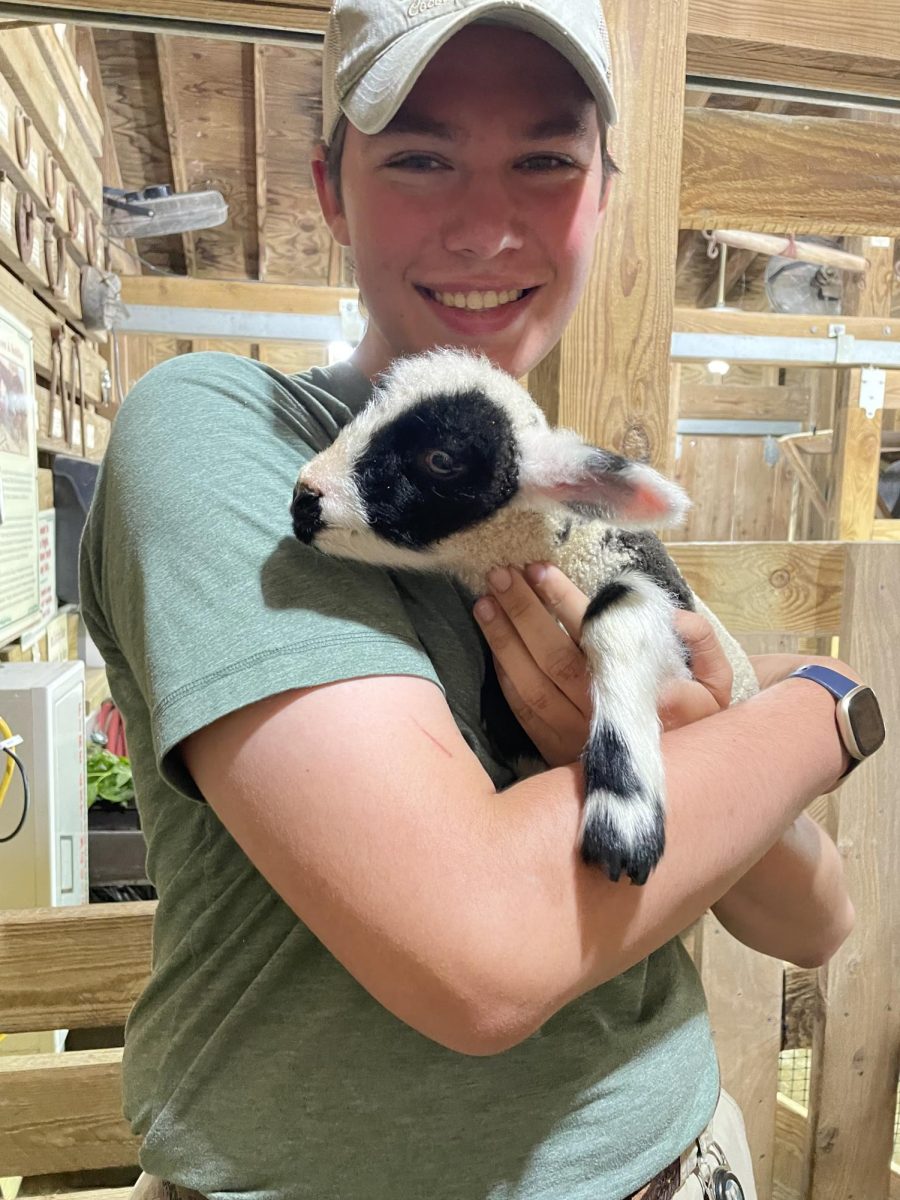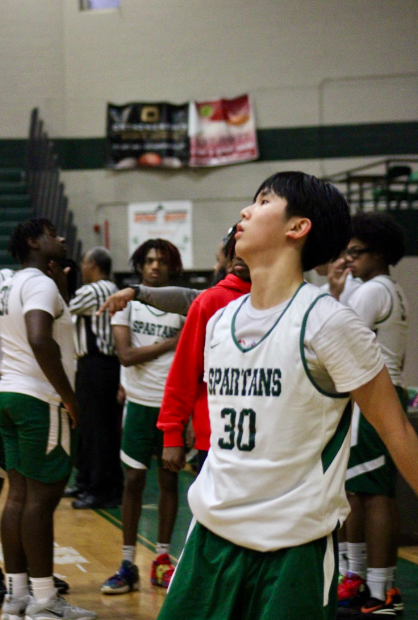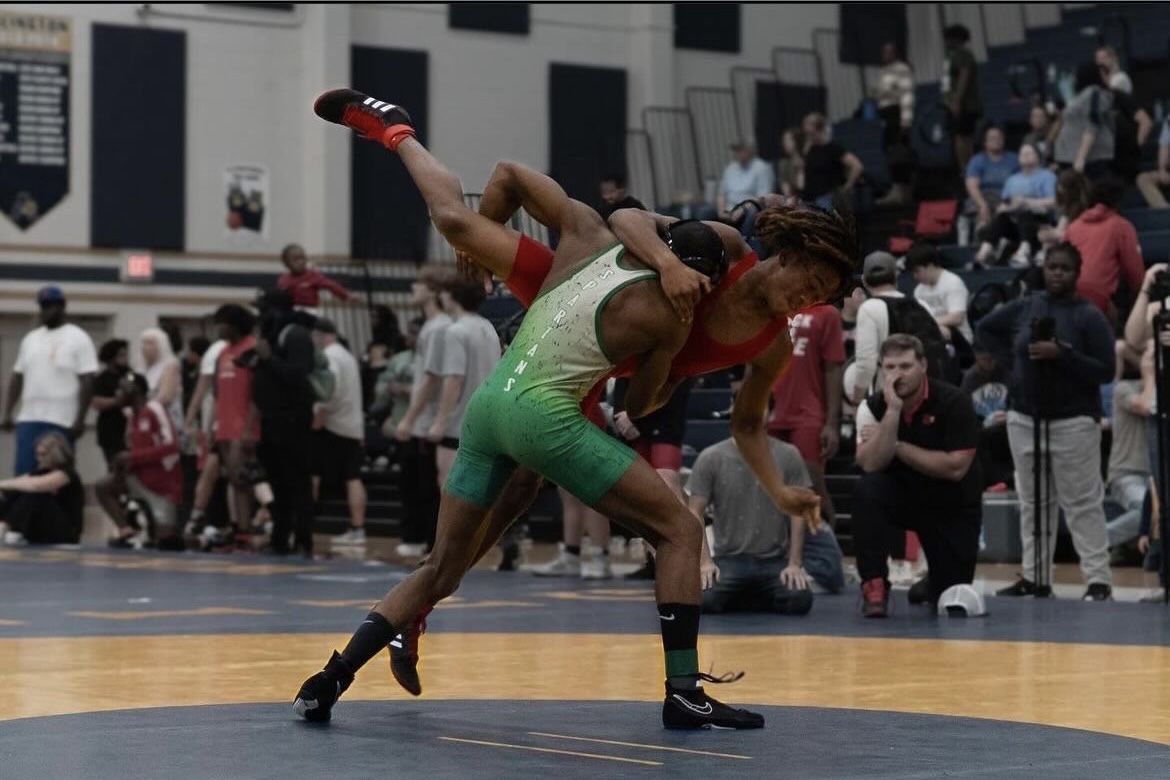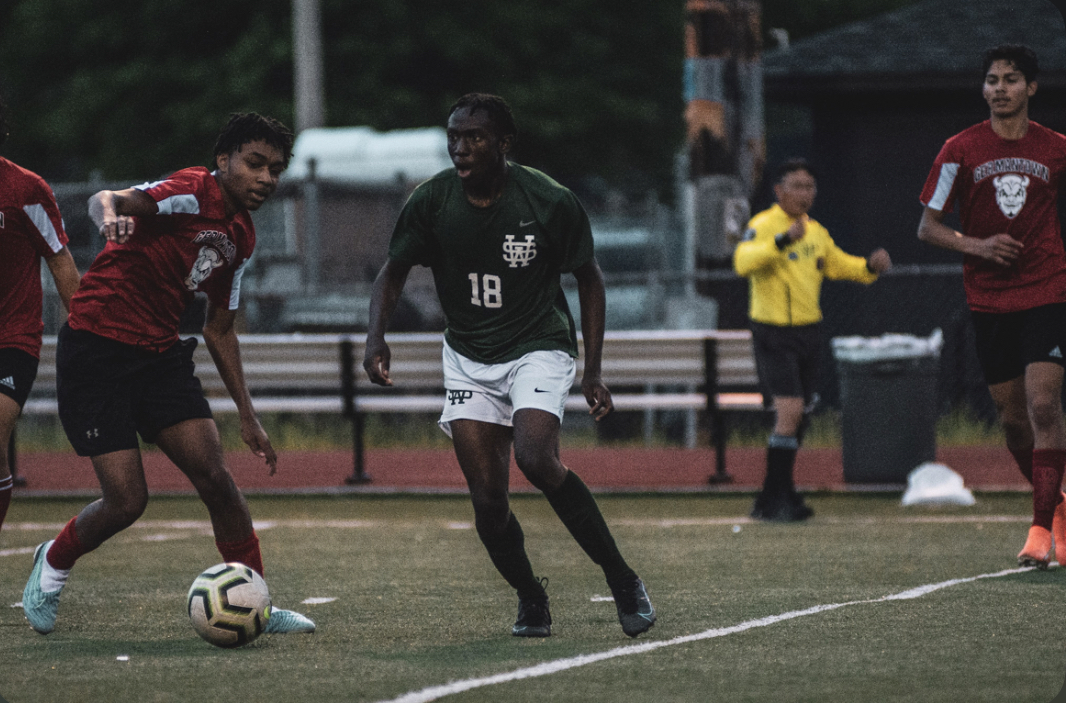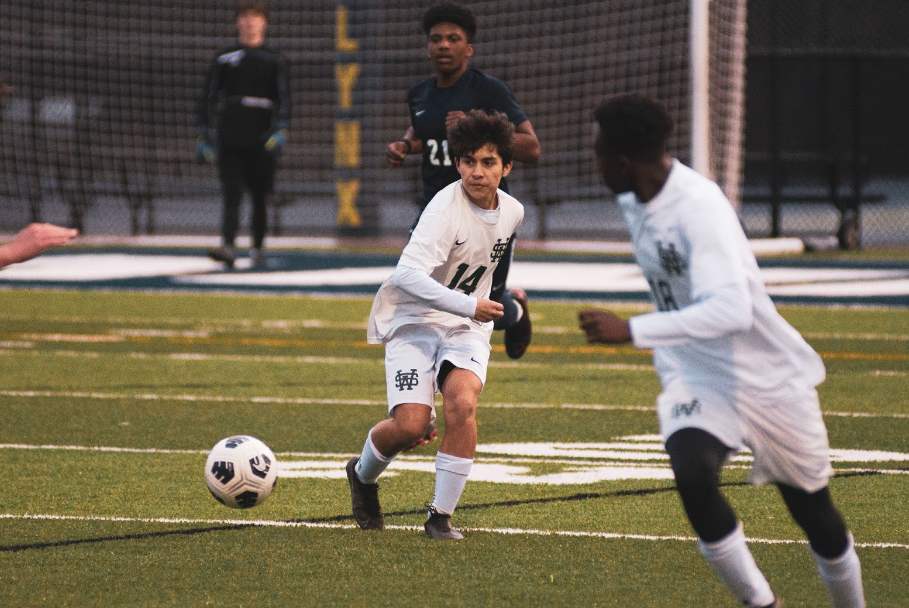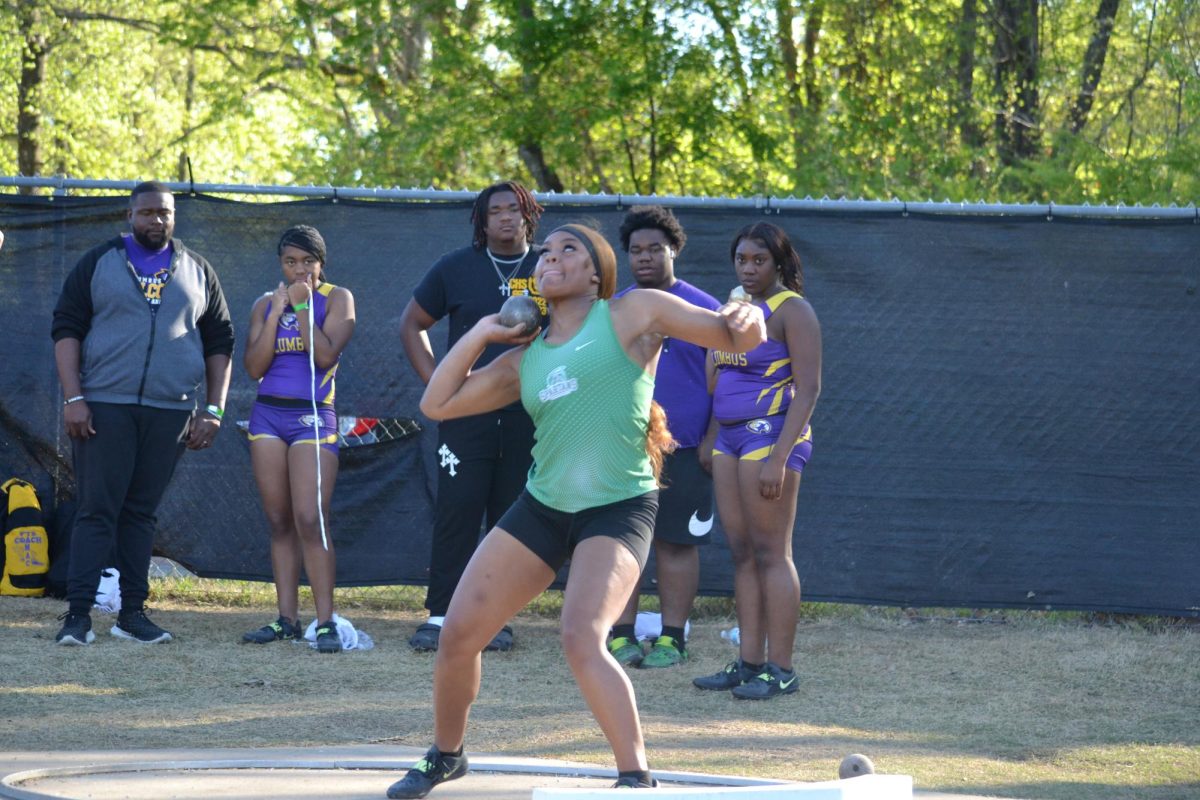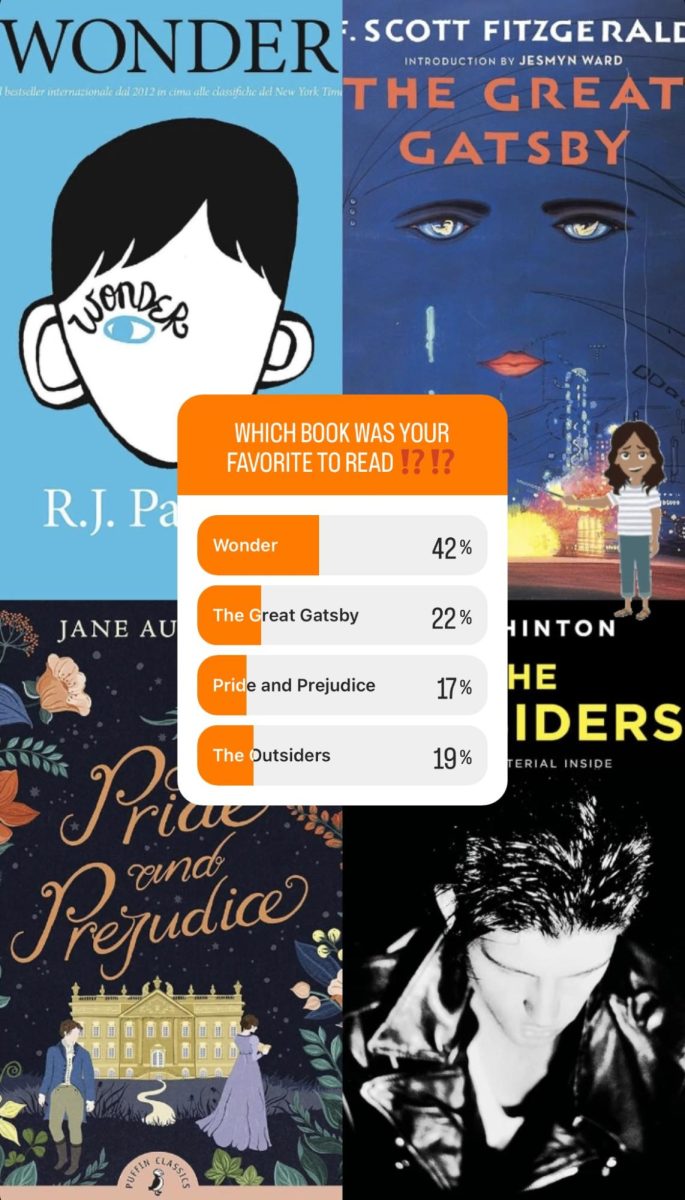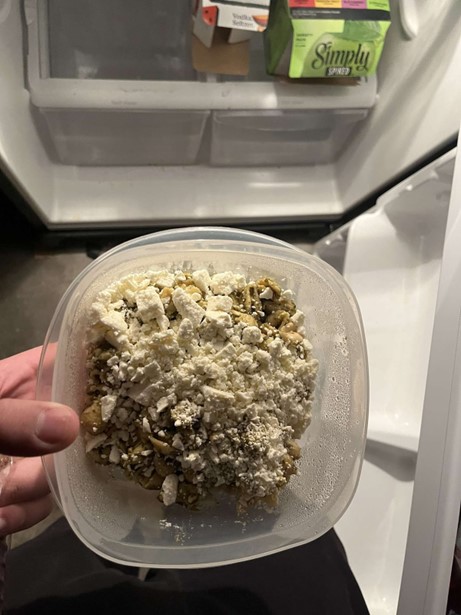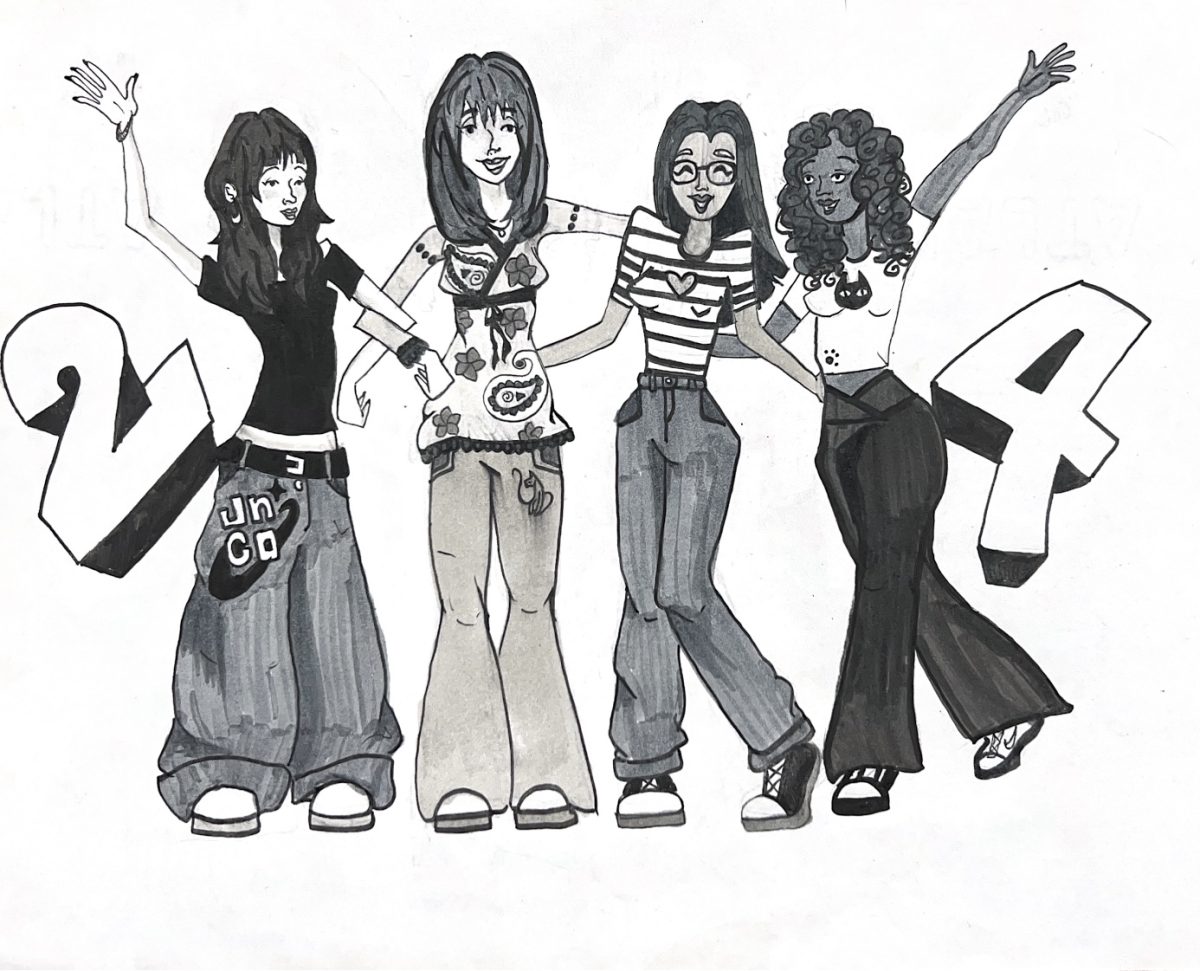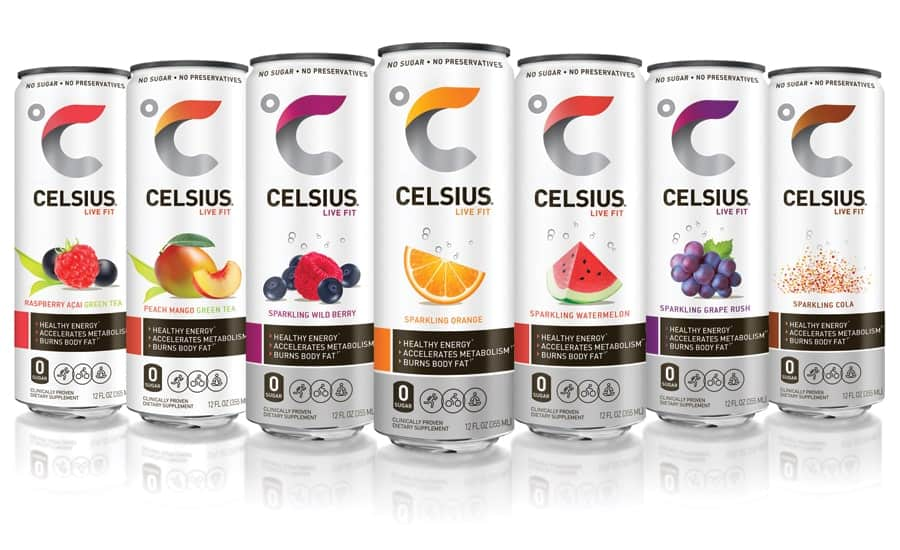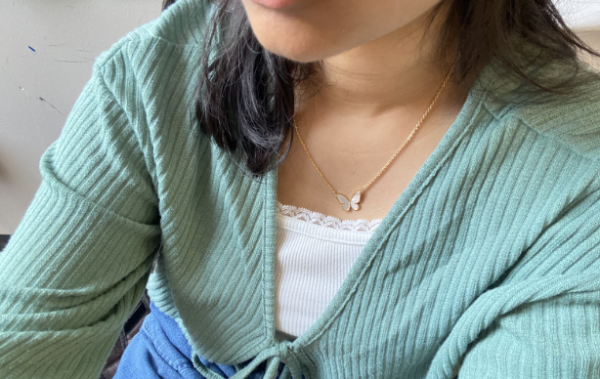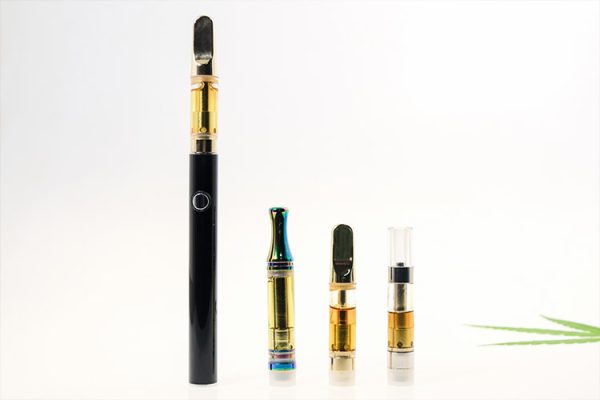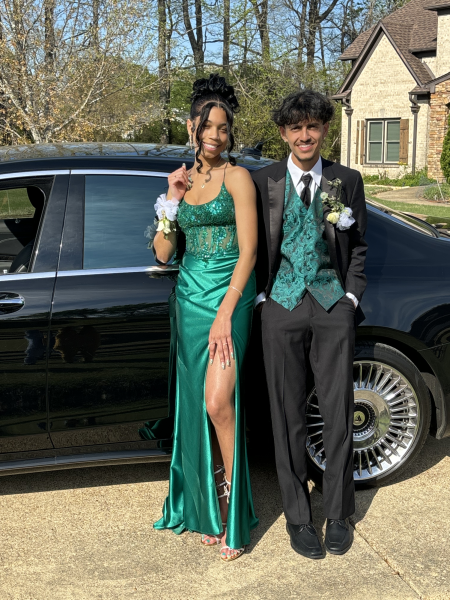The caffeine craze
A racing heart. Shaking hands. Bouncing legs. The effects of caffeine can be seen in almost every classroom. From bitter black coffee to sugary energy drinks, many students will try almost anything to make up for hours of lost sleep. A popular new energy drink, Celsius, can be seen in teenagers’ hands and backpacks.
“I found out about [Celsius] in my sophomore year when I was planning military ball,” Shivani Menon (11) said. “I had to plan so much for that that I was pulling countless all-nighters, but I would fall asleep during class. When I found Celsius, I found a way to stay awake.”
Studies show that teenagers are the main target group for many ready-to-drink coffee and energy drinks. Even though connections have been drawn between increased caffeine consumption and health risks like heart arrhythmias and anxiety, the producers of these drinks continue to market toward tired teens.
“I think the energy drinks are really bad because for a lot of them, you’re not even supposed to drink the whole can [because] it can cause heart problems,” Simone Kester (10) said. “A lot of people drink so much of it that it kind of concerns me.”
Social media, movies and TV shows also play a major part in encouraging caffeine consumption. Young adults and teens enjoy posting complex coffee orders and decorating their walls with colorful energy drink cans. Additionally, TV shows like “Gilmore Girls,” “Modern Family” and “Gossip Girl” depict their characters’ coffee addiction as a quirky personality trait.
“I think [the media] can glorify it a lot and make people think caffeine is just a positive thing,” Ava Guazzo (11) said. “[But], I think the negatives should be acknowledged just as much as the positives because there are serious negatives.”
But why would teens drink so much caffeine if they knew it was harmful for their health? Sometimes students are left with no choice. Constant early mornings and late nights take a toll on a student’s ability to stay awake during school. A lot of students find themselves dozing off in particularly boring classes due to a lack of sleep the night before.
“I struggled a lot, especially last year, because I would fall asleep during the classes that were most important,” Menon said. “But caffeine gave me a bit of energy just to focus on class.”
Some people don’t drink caffeine for the adrenaline kick, but simply for the taste. Festive frappuccinos don’t have the bitter taste of black coffee, making it more appealing to a wider audience. For this reason, many started drinking sweeter coffee at a young age. A lot of coffee drinking teens even learned the habit from their parents.
“When I was in fifth grade, I wanted to be like my mom so she would give me some [coffee], but I would put in like half creamer,” Guazzo said. “Eventually, we got up to full on black coffee.”
Since drinking coffee is so normalized, it can become a really tough habit to break. Many people opt for minty gum or cold water to replace their former stimulant. Others try to cut down on the amount that they consume day to day.
“Energy drinks are really bad for you,” Menon said. “Too much caffeine is always bad for you. That’s hypocritical, so I’m trying not to drink as many energy drinks, but I try to keep it from becoming an addiction.”
The hours teenagers spend at work, volunteering, doing homework, spending time with friends, watching TV, or scrolling on their phones add up, leaving them only a handful of hours to sleep each night, if at all. And when students know they have caffeine to keep them awake, sleeping falls even lower on their list of priorities.
“My parents and I realized it was really bad for my health and I noticed that even Celsius wasn’t enough to keep me awake,” Menon said. “I’m prioritizing my sleep a lot more knowing that I won’t have Celsius to keep me up the next [day].”
Your donation will support the student journalists of White Station High School. Your contribution will allow us to purchase equipment and cover our annual website hosting costs.

